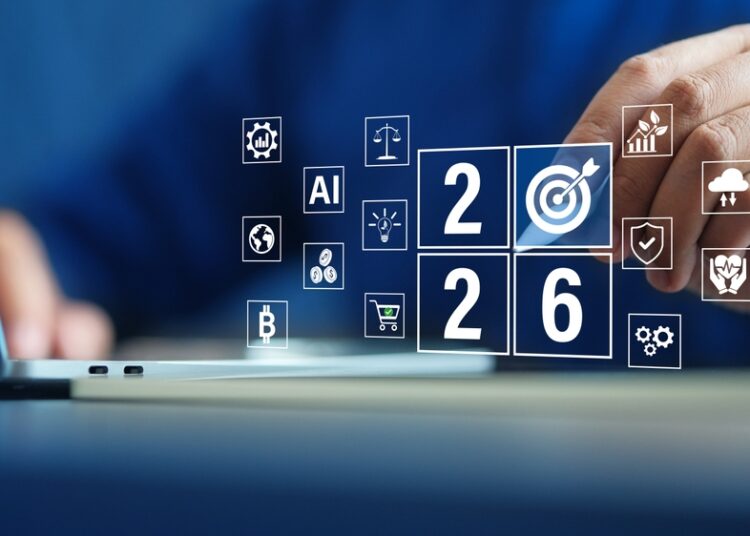AI promises to make our jobs easier and our work more productive. The introduction of AI assistants – which are already answering questions, generating content, and automating actions – highlights huge potential to make our businesses more efficient.
However, with each new AI advancement comes new ethical concerns. For example, we can’t always explain why AI does the things that it does — or eliminate every instance of inaccuracy, toxicity, or misinformation.
It’s one thing if AI offers bad product recommendations. It’s another if it takes misguided actions on real-world concerns like personal finances or medical information when the stakes are much higher.
We’ve seen what happens when technologies advance at all cost – people lose or are left behind. The same can happen with AI.
As AI becomes more and more sophisticated, it is imperative that we figure out how to harness the power of its innovations without opening ourselves up to dangerous risks. To do this, we need to put humans at the helm of AI.
It’s sometimes not realistic for us to engage in every AI interaction or review every AI-generated output. But we can design more powerful, system-wide controls that enable the technology to focus on the high-judgment items that most need their attention.
Having a human at the helm – empowering humans to be in control and prioritizing human judgement – means designing AI systems that leverage the best of human and machine intelligence. By tasking AI to review and summarize millions of customer profiles we can unlock incredible efficiencies. By empowering humans to lean in and use their judgment in ways that AI can’t, we can build trust.
Building AI that is people-centric and aims to augment rather than replace humans, that begins every conversation with data, and includes guardrails for safe implementation is fundamental to us making the most of the AI revolution.
Specifically, here are three ways that we can keep humans at the helm of AI:
1) Effective prompt-building helps automate in authentic ways: Prompts, or the instructions we send to generative AI models, are very powerful with the potential to guide millions of outputs. Crafting effective prompts, and seeing the likely output in near real time, can help organizations ensure they get the AI outcome they want, with the opportunity to tune and revise their prompts so they provide more helpful, accurate, and relevant results.
2) Audit trails can help spot what we’ve missed: Having a robust audit trail allows customers to assess AI’s track record and pinpoint where their AI assistant went right and wrong. It can also help identify issues across large datasets that humans might not spot; and can empower us to use our judgment to make adjustments based on the needs of our organization.
3) Data controls help better guard data: Designing robust controls to help businesses securely action their data will enable organizations to effectively harness their data for AI-powered insights and intelligence. Data controls like permission sets, access controls, and data classification metadata fields empower humans and AI models alike to protect and manage sensitive data.
The AI revolution is not just about technological innovation — it’s also about empowering humans to sit successfully at the helm of AI, and use it in ways that are trustworthy and effective.
With AI and humans evolving and working together, we can lean into AI’s capabilities and free up humans to do what they do best: be creative, exercise their judgment, and connect more deeply with one another. This combination will create more productive businesses, more empowered employees, and ultimately, more trustworthy AI.










Discussion about this post